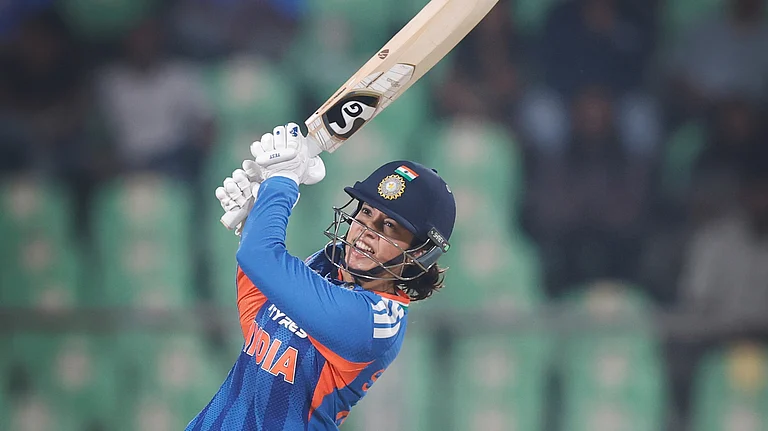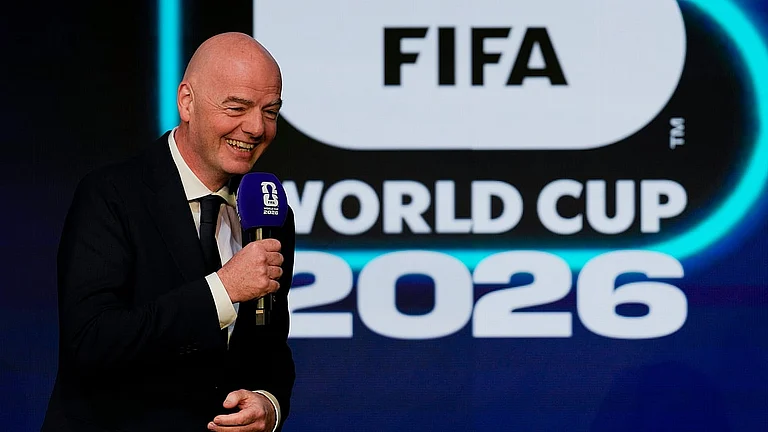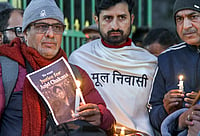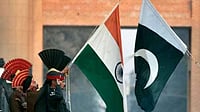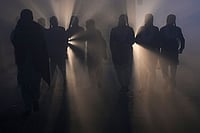The whiff of change was already there. Rajiv Gandhi was booting up computers, the Berlin Wall was being pulled down, the Mandal report was ushering in social re-engineering. But chants of the ‘Hindu rate of growth’ bred pragmatism. There was hope, yes, but it wasn’t for sure.
And then, seemingly as they were hurling their hats in the air on graduation day, the Harvesters found the nation hurtling down a path not known. For proof, look at the eight men and women MBAs we have profiled. All of them graduated from B-school between 1991 and 1993—in more ways than one could imagine, they walked into new jobs and opportunities in an India that was retooling itself. Did B-school prepare them for the changed reality? Well, frankly, no. But now, approaching 40, they are at the top of what they do. If life is all about the freedom to choose, The Harvesters got lucky.
Rajashree Nambiar 40
Head (branch banking), Standard Chartered Bank
Jamnalal Bajaj Institute for Management Studies, 1992
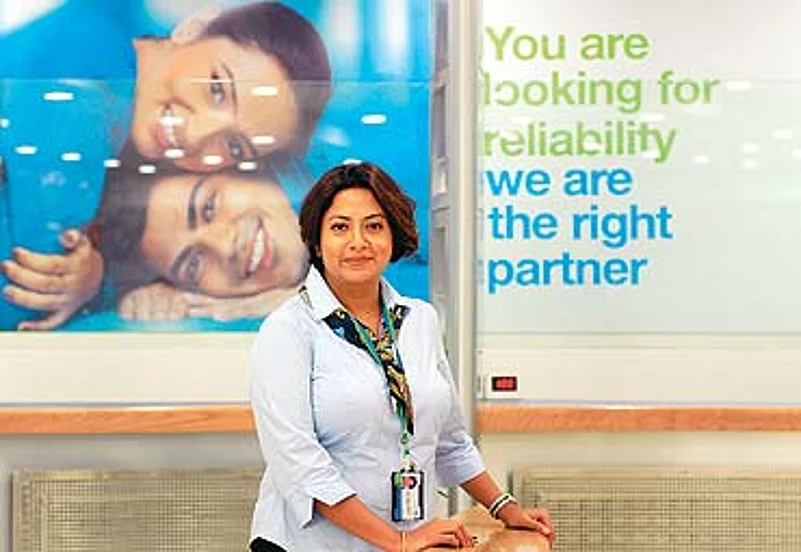
"I was expected to have a career and be successful at what I did."
Growing up in six states and studying in countless schools made her a "survivor, quick to adapt, resourceful and able to cope with new surroundings, friends, cultures". Perhaps that’s why Rajashree, a national talent scholar, spearheads the diversity and inclusion function at Standard Chartered Bank in addition to her primary role of managing 1,400 people in the bank’s 90 branches. But when she completed her BSc in Physics, mba was just about becoming the next big thing. "I think our introduction to liberalisation was really the stockmarket. I remember buying a copy of Bhav every evening to track the market."
Being in Mumbai, Bajaj’s visiting faculty from industry hinted at the changes likely to unfold in the economy. "We were flung into the system," says Nambiar. "The impact and use of IT, a more realistic approach to management hadn’t come in. The emphasis was on general management skills whereas today it is about specialisation." Rajashree joined anz Grindlays (later acquired by Stanchart), a Day One recruiter. And unlike her father who bought a Fiat much later in life, she could afford a Maruti 800 within a year.
By Arti Sharma
Satya Narayanan R. 38
Chairman, Career Launcher
IIM-Bangalore, 1993
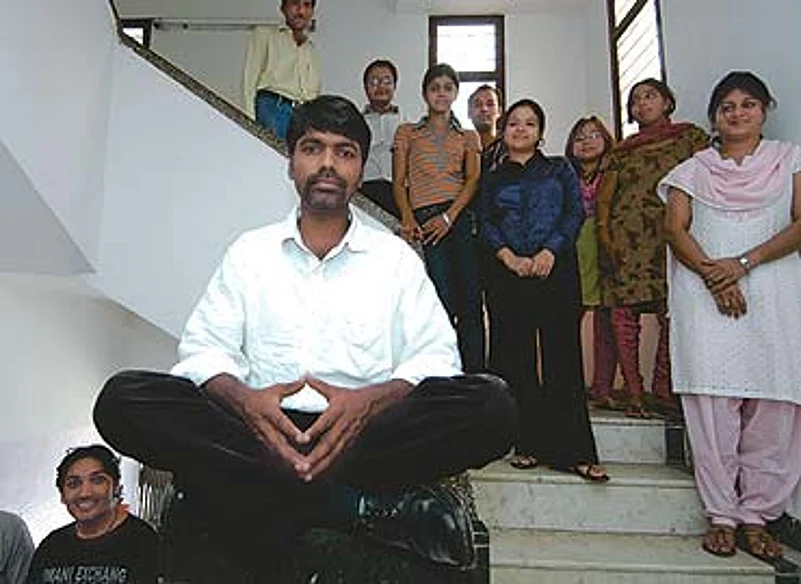
"We’ll cross the next threshold when reforms make a difference at the grassroots."
We never had to unlearn, as everything we learnt was in the new emerging era," says Satya Narayanan, an icon of the first generation of reforms. But while he was at B-school, they were still focusing on the case studies of the ’60s and the ’70s, as the potential of the reforms had yet to register. It was only as an entrepreneur that Narayanan understood what the benefits could be. "The absence of restrictions gave us an opportunity where we had everything to gain and nothing to lose. We never had to bribe our way through, something we had heard was the norm earlier," he states candidly.
Despite coming from a non-business family, Narayanan decided to turn entrepreneur in 1995 after a brief stint with pharmaceuticals major Ranbaxy. The business idea emerged after coaching a group of 78 B-school aspirants, with over 50 per cent making the grade. Twelve years later, his education enterprise has expanded to 400 people in 150 locations, some outside India. Now, he has forayed into mainstream school education to lay a better foundation for children, many of whom lose out due to lack of proper infrastructure.
By Lola Nayar
Venkat Krishnan N. 38
Director, Give India
IIM-Ahmedabad, 1993
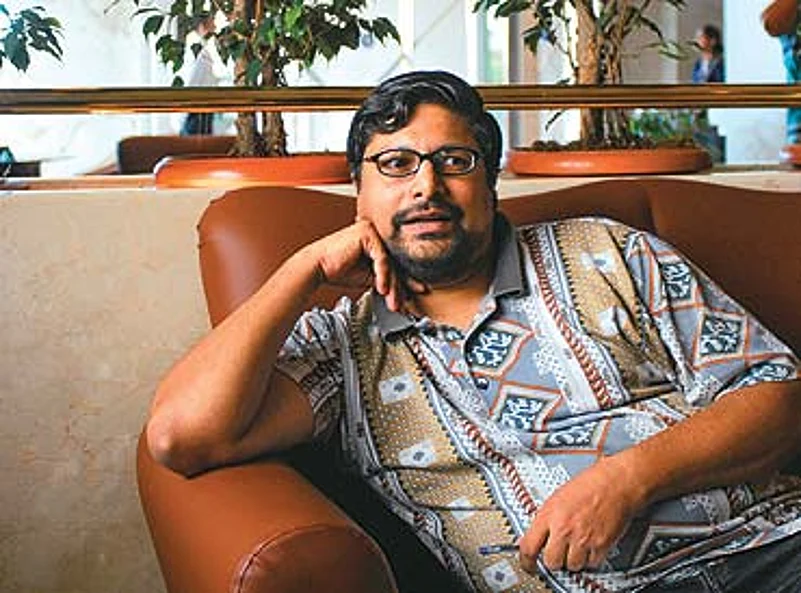
"I was apprehensive whether reforms would be beneficial to everybody."
You’d perhaps think it strange that an IIM-A alumnus would choose to spend two months in a slum to assess how best to integrate slumchildren into a mainstream school. But for Venkat, breaking the mould was the norm. At a time when pursuing an engineering degree and getting a ‘good job’ were the done thing, he earned a degree in statistics and contemplated a teaching career in the belief that there’s a way to offer equitable opportunities in education and health to all. And while B-school courses weren’t designed for entrepreneurship, "problem-solving ensured you were prepared for any world".
After stints in the media, Venkat set up a school in Ahmedabad with some IIM alumni and went on to form Educational Initiatives, an organisation working with schools. He then set up an ngo "exchange" to help channel donations to them. "People are willing to give but like our taxes we rarely know where the money is being deployed." Last year, Give India distributed Rs 18.5 crore among 120 non-profit organisations.
Arti Sharma
Nachiket Pantvaidya 37
Executive Director, SE Asia, BBC
IIM-Ahmedabad, 1993
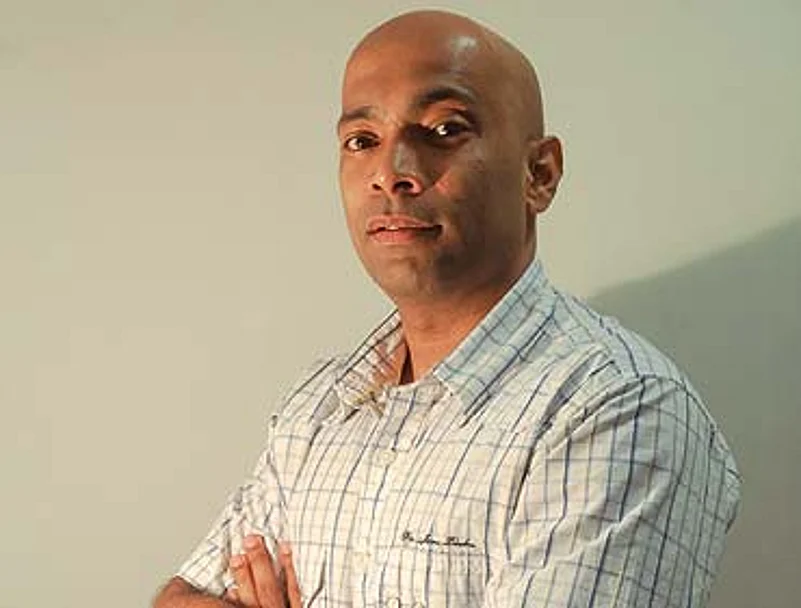
"I was asked what are you doing in TV, go to a bank and get your Mercedes."
With medico parents and a cancer surgeon sister, it was a foregone conclusion that Nachiket Pantvaidya would take up medicine. But the family’s "black sheep" chose a territory they would never have imagined: B-school. "When we left B-school, the mood was changing and many of us were looking for avenues that were not conventional." So, after cavorting with an overseas job in Maersk Japan, he switched to the media industry by joining Sony Entertainment.
At that time, media was hardly the place to make a career: television was monopolistic and without a revenue model. But Nachiket says he chose media as it was opening up. "It seemed like soon things would change for the better as the sector was still at the beginning of the curve." How true: by the late ’90s, it had become "cool" to be in the media. And Nachiket hasn’t done too badly for himself, becoming a young industry stalwart. After nine years in Sony Entertainment and a three-year stint with Disney, he joined the BBC, for whom he lords it over Southeast Asia.
By Arindam Mukherjee
Rajat Goel 40
CEO & MD, EyeQ Hospitals
IIM-Ahmedabad, 1991
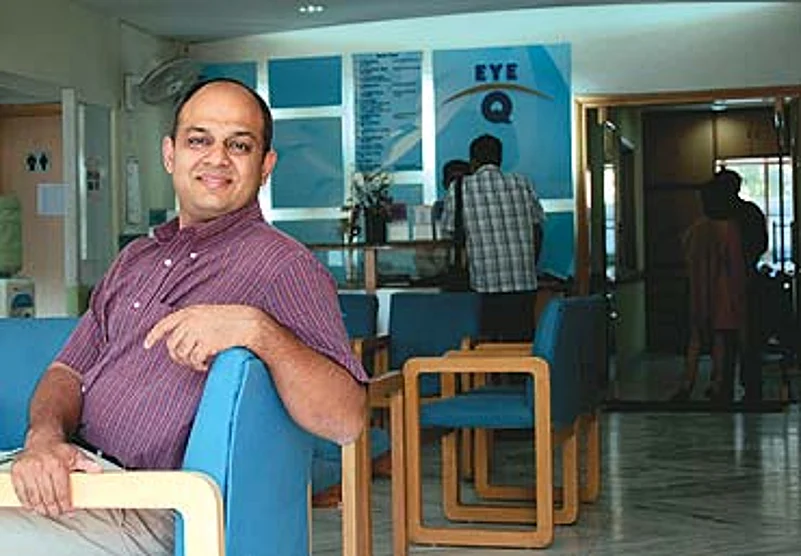
"We felt the change when the growth target jumped from 10% to 40%."
Coming from small-town Rai in Haryana and born into a family entrenched in government service, it would have been perfectly logical had Rajat too taken the IAS route. He chose dairy engineering instead. But that wasn’t to be either, as Rajat made it to IIM-A. Emerging out of its hallowed portals, he got himself a "good" job: he joined Godrej. "One of the biggest incentives was getting a brand new red Maruti 800 after a year in the company," he says. Five years later, he climbed even higher on the aspirational ladder, joining Bausch & Lomb, one of the first MNCs to land on Indian soil. It was long hours and stiff targets, but the stint helped him get familiar with an international work environment.
A decade later, Rajat put that learning into fuelling his desire to be an entrepreneur. In 2007, along with an ophthalmologist friend and five fellow IIM grads, he started a project to create speciality eye hospitals at district levels. Today, he has five hospitals in Gurgaon, Rewari, Haldwani and Ganganagar with plans to take the number to 10 this year and 20 by 2009 using a unique shared infrastructure model to keep costs down.
By Arindam Mukherjee
Amitabh Shukla 39
Technical Director & Chief Ed, Red Chillies Entertainment
XIM-Bhubaneshwar, 1991
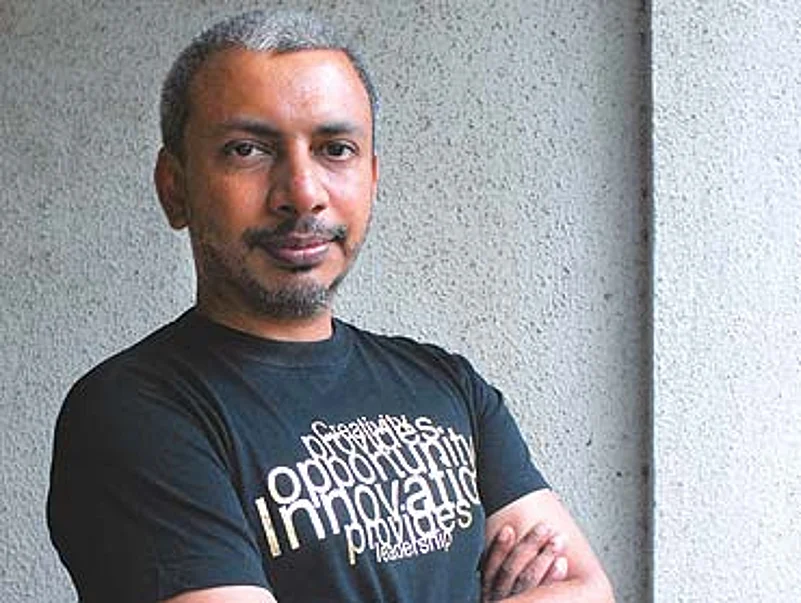
"You still have to beg a lot with government officials to get things done."
Like Shahrukh Khan, he also studied at Delhi’s St Columba’s School. But that wasn’t why he got to work with SRK. Coming from a family of bureaucrats, Amitabh was clear he wanted to do something "creative and different". He did a BA in history, then graduated to a finance specialisation in XIM. "When we came out, it was a different world. That was a problem as all management schools teach general management," says Amitabh, who was hardly enjoying his stint in the computer education sector.
That’s when he joined up with the Alva Brothers’ then-fledgling TV production company, Miditech, and discovered his true calling. In 1996, he decided to hone his skills further at the FTII in Pune. The film industry, like others, was opening up, with new production companies coming into play. In 1998, Amitabh was cherry-picked by Shahrukh. Ever since there has been no looking back for the award-winning editor of Chak De India. He might have to go for days without sleep, but he’s happy doing what he loves best.
Arindam Mukherjee
Sadashiv Nayak 38
CEO, Food Bazaar
XLRI-Jamshedpur, 1993
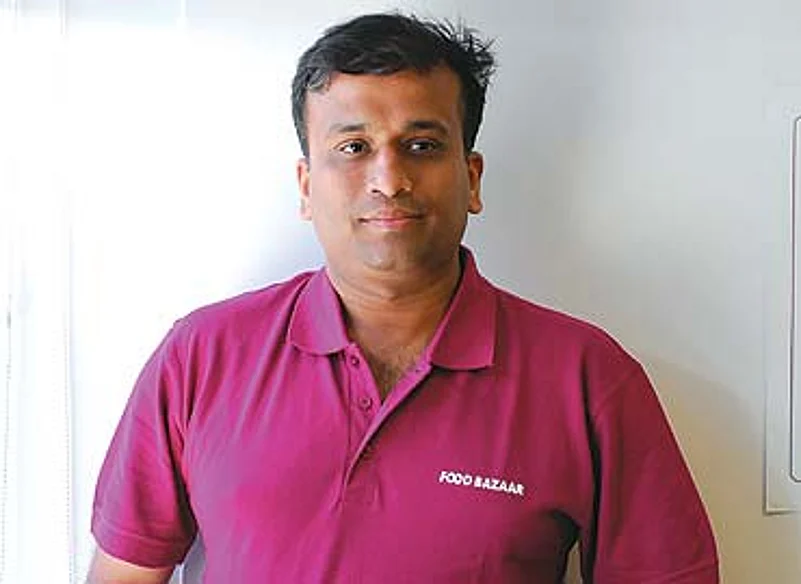
"An MBA had to be aggressive and an extrovert, and I was neither."
When his family shifted from Goa to Mumbai, a 260 sq ft flat in Mumbai’s small-time suburb Bhayander wasn’t exactly the big city experience the school-going Sadashiv had in mind. From those humble beginnings to a posh apartment in Khar, Sadashiv has indeed come a long way. Initially, money was always an issue: Sadashiv went to engineering college thanks to his aunt’s monetary support. And that’s where he first heard about an MBA.
"Without it, I’d never have been able to shed the baggage of my middle-class upbringing and get used to unabashed consumption through retail," he says, adding that B-school gives an individual a natural passport of confidence. Nayak first joined Asian Paints, where he got a sense of the booming economy. Then, he had a six-year stint at HUL, where he got a taste of the competitive spirit of the regional players. Despite his apprehensions about getting into retail, he felt the need for change. As long as the customer remains unpredictable, he says, retail will be interesting.
By Arti Sharma
Leena Nair 39
Executive Director, Hindustan Unilever Ltd
XLRI, Jamshedpur, 1992
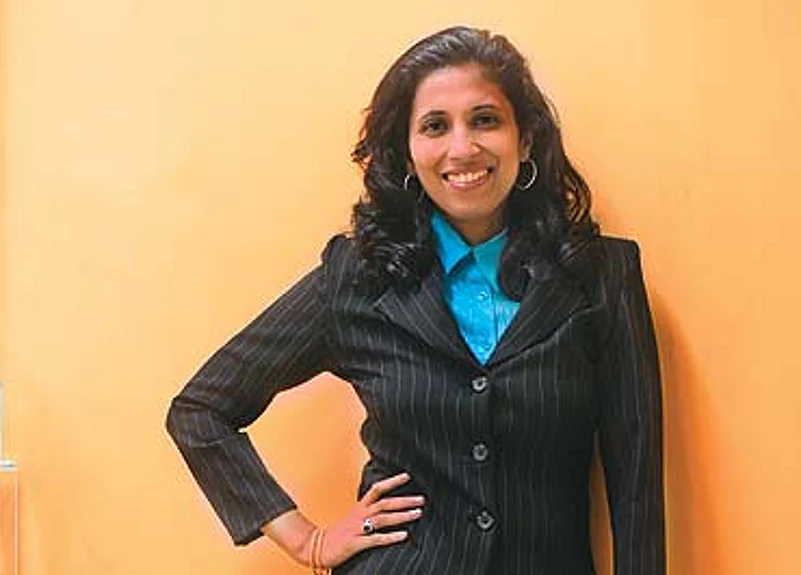
"We were always taught never to take things for granted."
Somewhere in Etah, UP, there’s a 500-metre stretch of tarmac named after HUL’s youngest executive director. That’s because, as a management trainee, Leena Nair managed to rally villagers in a ‘Shramdaan’ to connect the village to the nearest main road. Nair grew up in Kolhapur listening to stories of how her family faced hardship. "Although I hadn’t experienced it first-hand, we were always taught never to take things for granted." So while her family could afford to send her to college in a Mercedes, she was made to cycle 12 km each way because her father felt she hadn’t earned the right to that kind of luxury.
Knowing she was good at leading and dealing with people, Nair applied to XLRI despite opposition from the family. She remembers optimism about reforms in B-school, although "the reality of the change was much slower than anticipated". At HUL, they were often "thrown in at the deep end" to figure out if they could sink or swim. One of the key challenges she has faced is reversing HUL’s perception at campus placements. After five years, hul is back to being voted a Day Zero company.
By Arti Sharma








